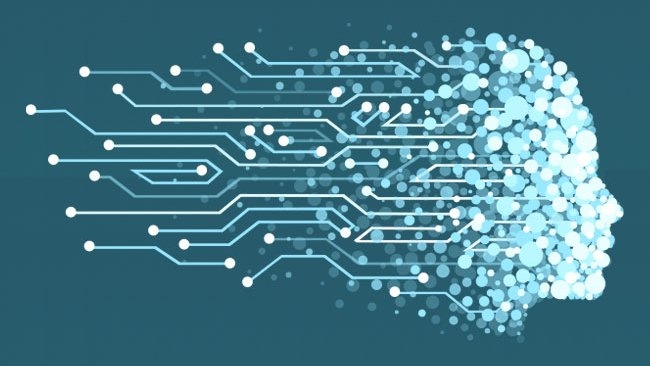In the era of big data, efficiently retrieving relevant information from large text datasets has become a paramount challenge. As the volume of textual information continues to grow exponentially, researchers and developers are exploring advanced techniques to extract meaningful insights from massive datasets. This article delves into some cutting-edge techniques employed in information retrieval from large text datasets.
-
Natural Language Processing (NLP):
Natural Language Processing plays a pivotal role in extracting valuable information from unstructured text. Techniques such as named entity recognition, part-of-speech tagging, and sentiment analysis help in understanding the context and semantics of the text. Leveraging pre-trained language models like BERT (Bidirectional Encoder Representations from Transformers) enhances the accuracy of information retrieval by capturing intricate language patterns.
-
Keyword Extraction:
Keyword extraction techniques identify the most significant words or phrases in a document. Algorithms like TF-IDF (Term Frequency-Inverse Document Frequency) and RAKE (Rapid Automatic Keyword Extraction) assign weights to words based on their frequency and importance within the document, aiding in the identification of relevant keywords for information retrieval.
-
Text Summarization:
Text summarization techniques condense large volumes of text into concise summaries, facilitating faster comprehension. Extractive summarization methods identify and extract key sentences, while abstractive methods generate new, condensed sentences. Combining these approaches helps in producing informative summaries that capture the essence of the original text.
-
Entity Recognition and Linking:
Recognizing entities such as people, locations, and organizations within text is crucial for information retrieval. Entity linking techniques connect these entities to external knowledge bases, enhancing the depth of information extraction. Incorporating tools like spaCy or Stanford NER (Named Entity Recognizer) boosts the accuracy of entity recognition.
-
Deep Learning Models:
The advent of deep learning has revolutionized information retrieval. Recurrent Neural Networks (RNNs), Long Short-Term Memory (LSTM) networks, and Transformer architectures enable the development of sophisticated models for document classification and similarity matching. These models excel at capturing complex relationships within large text datasets.
-
Semantic Search:
Semantic search goes beyond keyword matching and considers the meaning of words and their contextual relationships. Embedding techniques like Word2Vec and Doc2Vec create vector representations of words and documents, enabling semantic similarity calculations for more accurate and context-aware information retrieval.
-
Distributed Computing:
Dealing with large text datasets often requires distributed computing frameworks like Apache Hadoop and Apache Spark. These frameworks enable parallel processing, making it feasible to handle vast amounts of textual data efficiently. MapReduce algorithms and Spark transformations optimize the retrieval process.
-
Graph-Based Approaches:
Representing text data as a graph and applying graph-based algorithms can uncover intricate relationships within the dataset. Techniques like TextRank, inspired by Google's PageRank algorithm, identify the most important nodes (sentences or words) in the text, aiding in information extraction.
Conclusion:
As the digital landscape continues to produce vast amounts of textual data, the development and implementation of advanced techniques for information retrieval become imperative. The synergy of NLP, deep learning, semantic search, and distributed computing empowers researchers and developers to extract relevant information efficiently. By embracing these cutting-edge techniques, we pave the way for enhanced comprehension, decision-making, and knowledge discovery in the realm of large text datasets.


